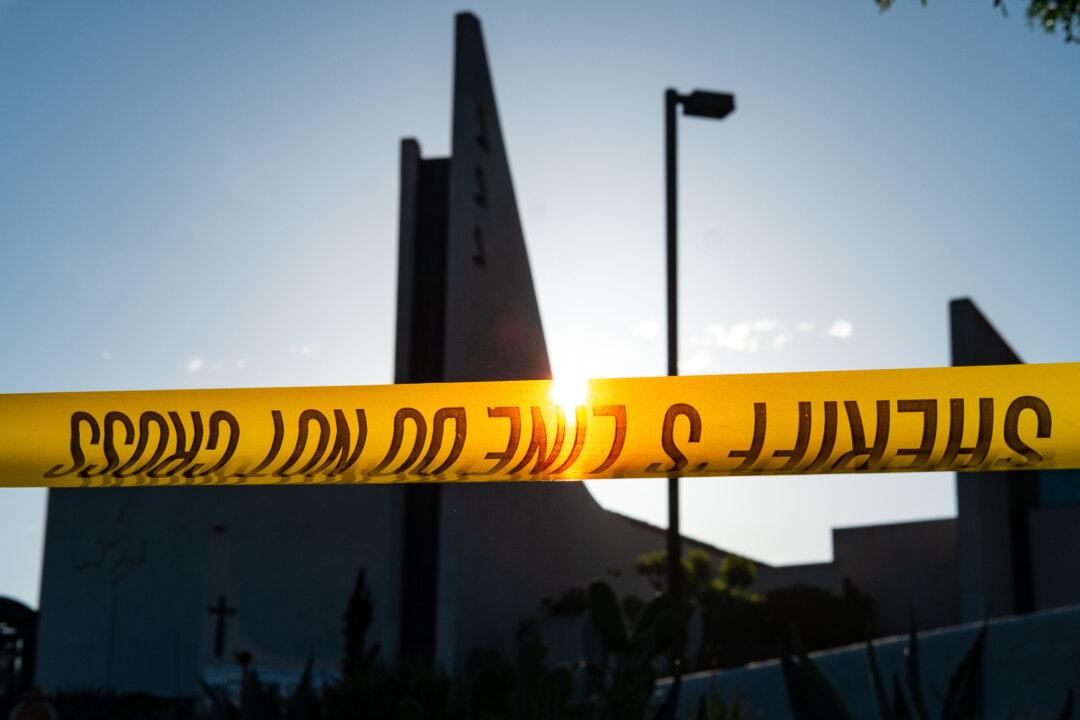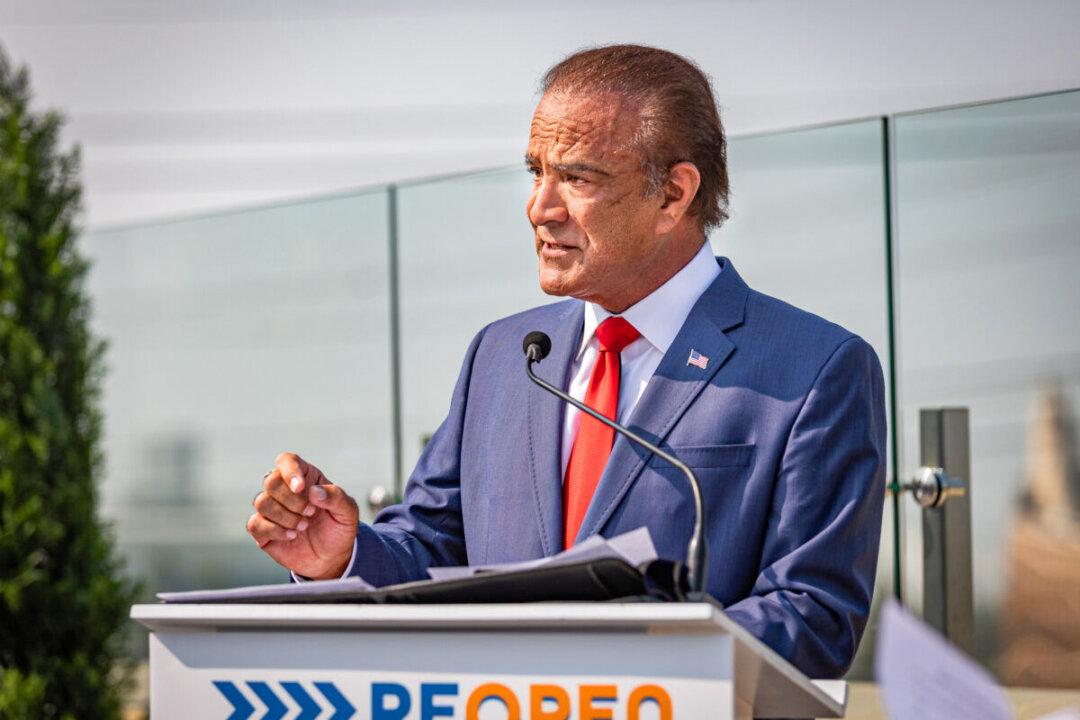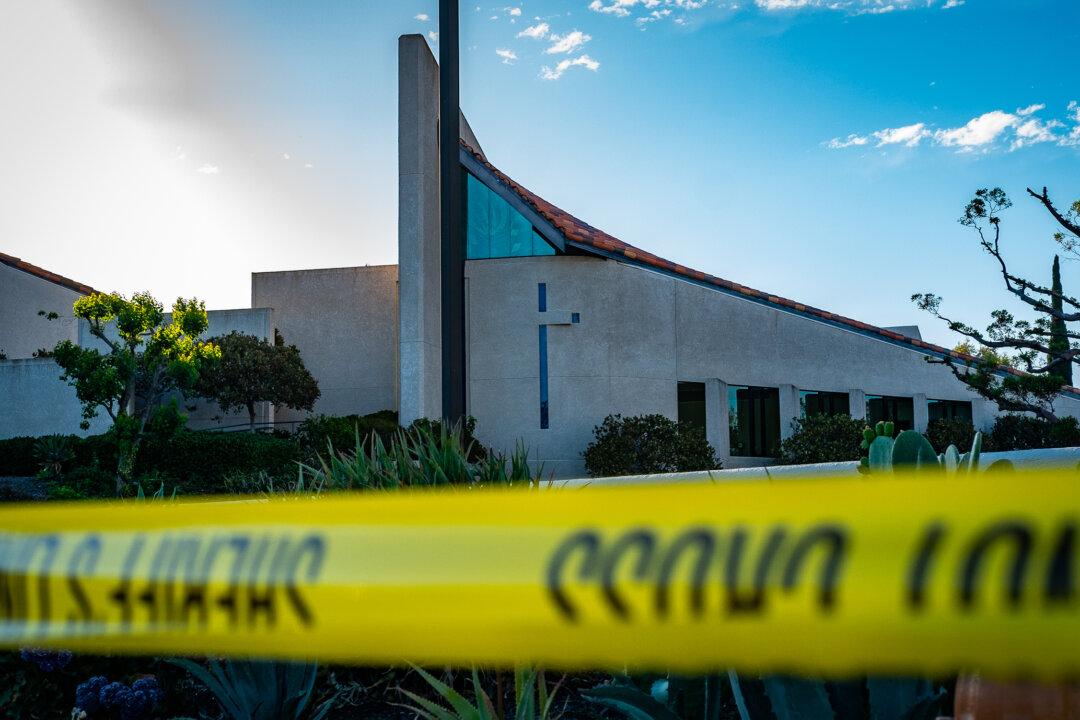President Joe Biden on Aug. 24 approved Gov. Gavin Newsom’s request for a Presidential Major Disaster Declaration to provide support in the state’s wildfire response as National Parks close amid active raging fires.
“This declaration makes vital resources available as we continue to work in lockstep with local, state, and federal partners to meet the challenge of these catastrophic wildfires and support communities in recovery,” Newsom said in a statement.




